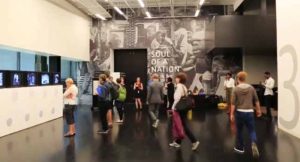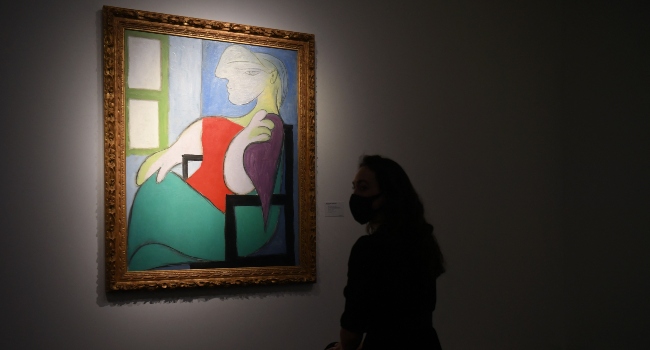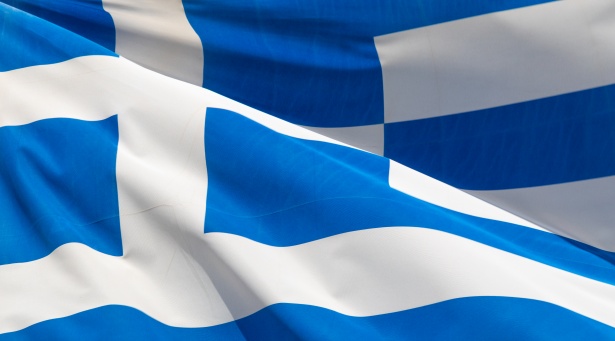
Titled, Soul of a Nation: Art of Black Power, the exhibition also examines the triumphs and tragedies of the civil rights movement in the United States from the 1960’s to 1980’s — at a time when black culture identity was shifting.
Set against a historic background beginning in 1963 with a quarter of a million people marching to the Lincoln Memorial to hear Martin Luther King’s ‘I have a dream’ speech, the exhibition draws on the works of over 60 artists many of them unknown, working during the period.
The exhibition’s 168 artworks encompasses many of the social movements including the Black Power and the Black Panthers aiming to put an end to racial segregation and discrimination.
Painters, sculptors and photographers joined in using their various skills to further the cause of equality.
Dresses and suits designed and made for women on the march by Jae Jarrell, a fashion designer and participant in the Black Arts Movement of the 60s are also on display at the exhibition.
In 1968, Jarrell co-founded AfriCOBRA, the African Commune of Bad Relevant Artists. Taking after her grandfather – a tailor, Jarrell produced garments to inspire African American communities. She describes a female suit created to be worn with comfort at civil rights marches but with a clear message.
“I have the tweed suit – the piece that I call revolutionary suit. It’s a classic tweed with an A-line skirt so that it allows for the movement of the march. I have bell sleeves that accent have that same kind of silhouette as the skirt and that enables you to arm. And We’ve accessorised that tweed suit with a bandolero in Kool-Aid colours,” she added.
Some of the works presented featured some key black figures, who used their platform to speak out against injustices faced by black people at the height of the civil rights movement.
One of them is the famous Andy Warhol’s iconic portrait of boxing legend, Muhammad Ali.
Along with a fearsome reputation as a fighter, Ali spoke out against racism, war and religious intolerance, while projecting an unshakeable confidence that became a model for African-Americans at the height of the civil rights era and beyond.
Other works featured at the gallery may not be well known, but played a role towards reshaping American cultural identity, amid riots and sit-ins.
Many artists became revolutionary activists committed to changing society.
“A number of artists were very active radically, politically, certainly the artists behind me, AfroCobra were deeply committed to making sure that the African American communities in which they lived and worked had access to the art and that was paramount to them. There were others who used their activism to make sure that major mainstream institutions were held to account and started to change their exhibition programmes, their collecting practises. There are a number of people who started a radical commercial gallery. All of these stories kind of swirl and co-exist within the exhibition space,” said exhibition curator, Zoe Whitely.
One of the most compelling works is Curtain by Melvin Edwards, which features barbed wire and nooses – a reminder of slavery, inflicted pain and the fight for freedom.
“To me, anything I do is always African. I don’t break the work up in those other kinds of notions you know… Africa as a place contributed to the history of the world for hundreds of thousands of years. We’re part of it, that through slavery went to the Western hemisphere and anyone who knows or pays attention to the at history understands there are many possibilities and one of them is creativity and we took those abilities with us,” said Edwards.
The exhibition will run until October 22.




